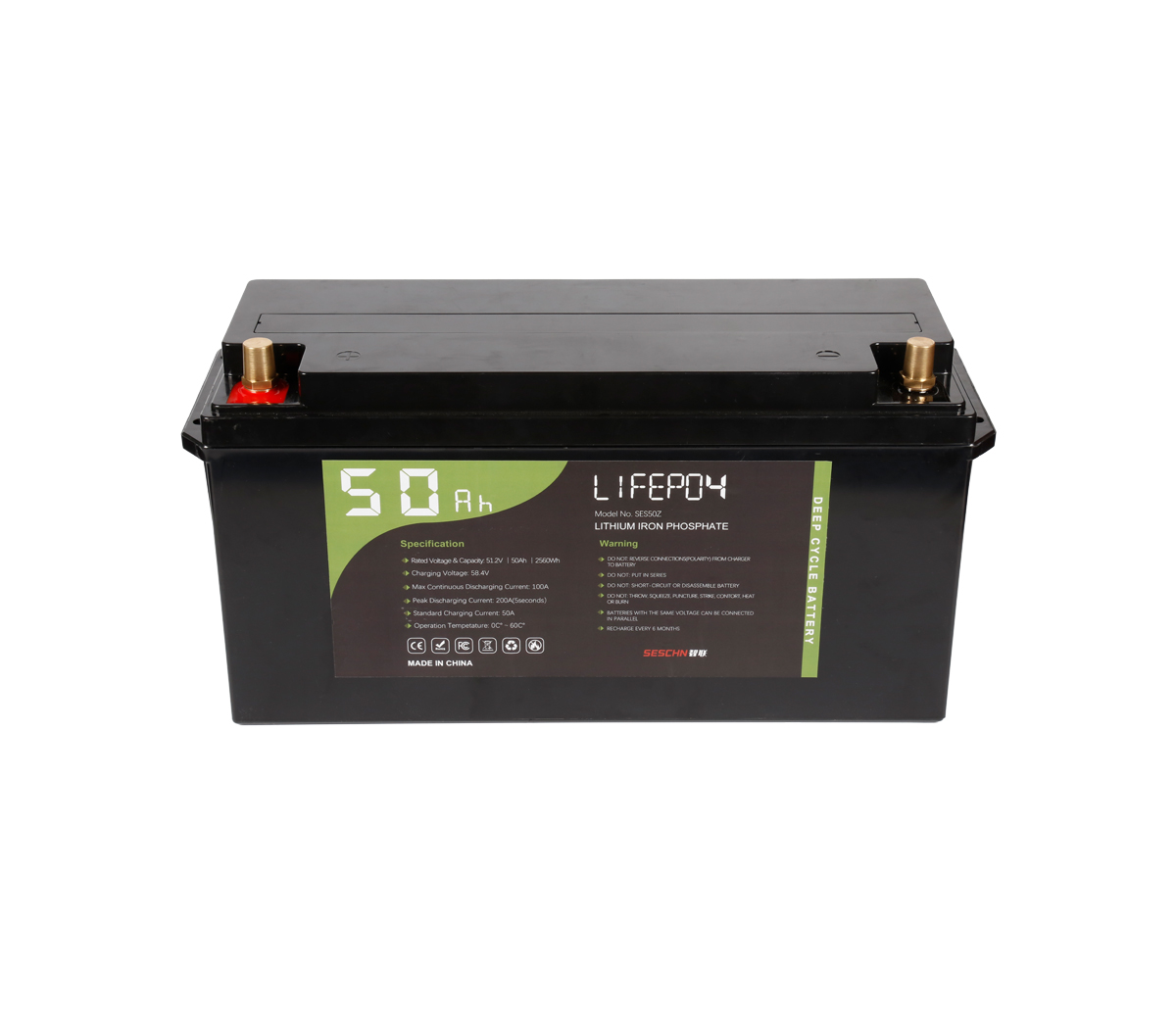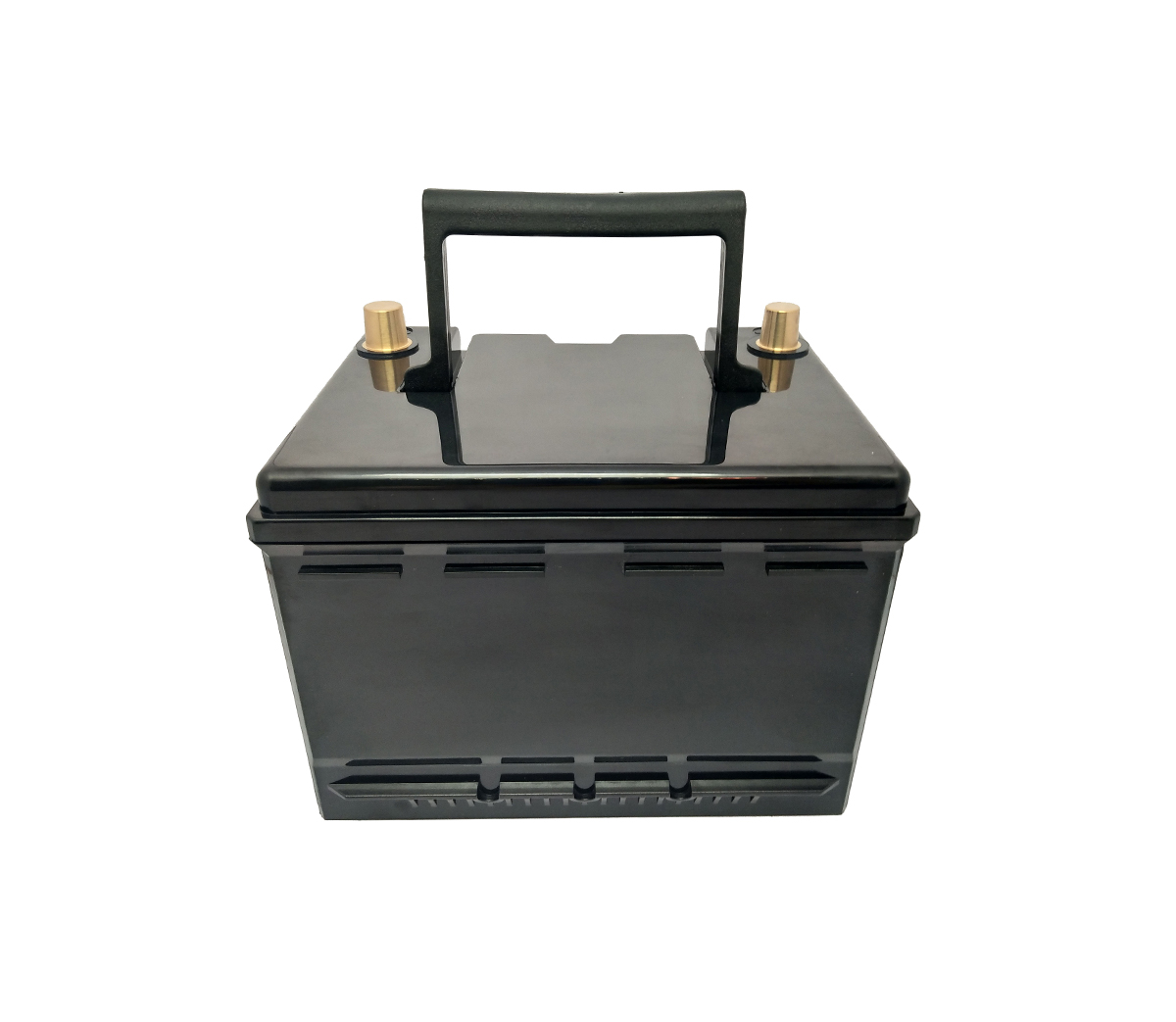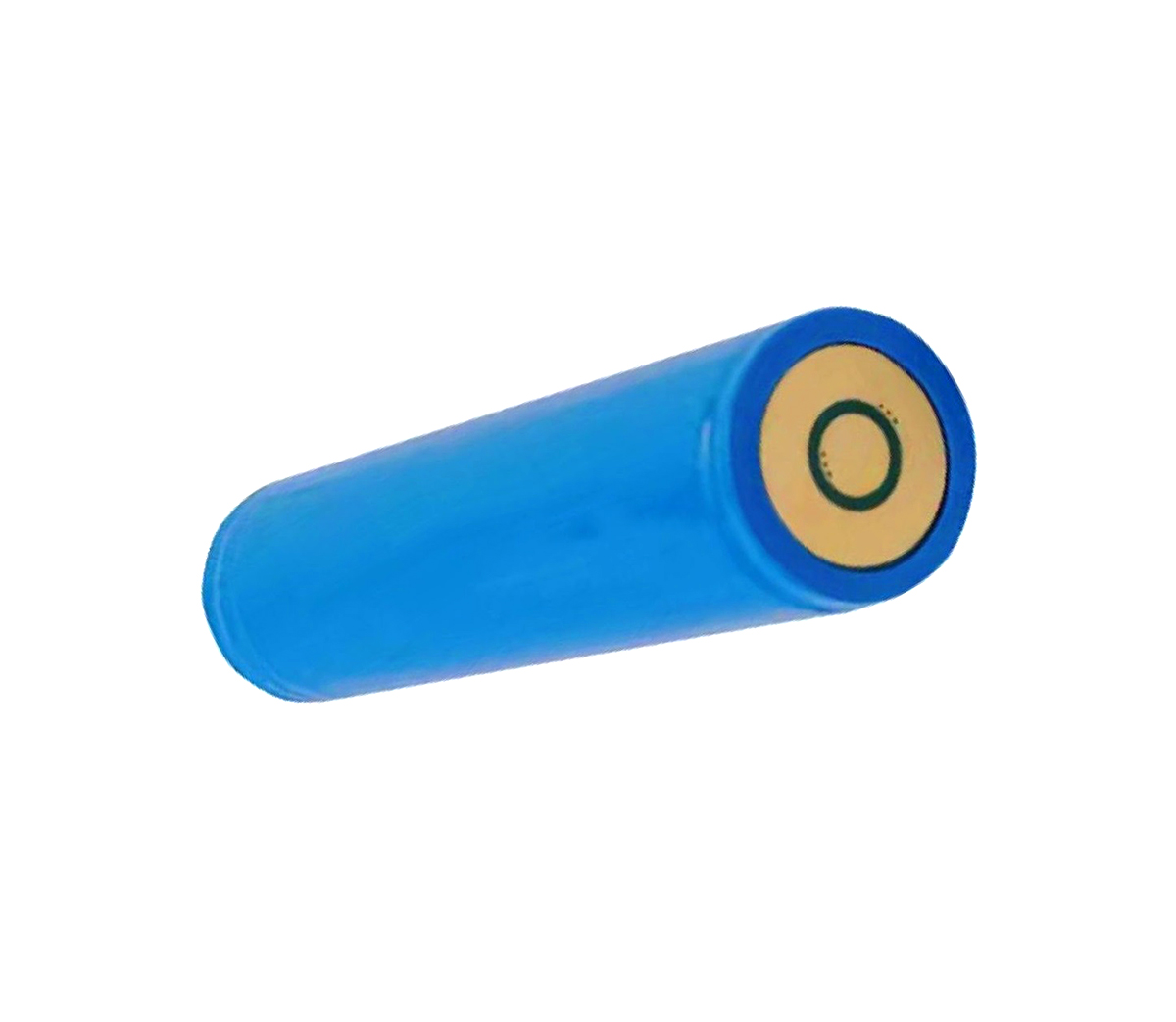
From time to time, lithium battery explosions and other incidents will not
make people nervous. The prerequisite for how to solve the safety problem of
lithium batteries is that scientists have a thorough and comprehensive
understanding of the causes of lithium battery explosions.
With the rapid development of portable electronic devices and electric
vehicles, people are more concerned about how to ensure the safety of lithium
batteries in addition to the pursuit of larger capacity and faster charging and
discharging of lithium batteries. Because of lithium battery explosions and
other incidents that happen from time to time, people's nerves should not be
tense. The prerequisite for how to solve the safety problem of lithium batteries
is that scientists have a thorough and comprehensive understanding of the causes
of lithium battery explosions.
Each lithium metal dendrite is a long and perfectly shaped six-sided
crystal. Previously, only irregularly shaped crystals were observed through the
electron microscope. Cui Yi said, "The research results are very exciting and
open up a whole new situation for related research!"
Cryo-electron microscope, as the name suggests, is the application of
cryofixation, the use of transmission electron microscope (Transmission Electron
Microscope, referred to as TEM) to observe the microscopic technology of the
sample at low temperature. Cryo-electron microscopy is an important structural
biology research method and an important means to obtain the structure of
biological macromolecules.
Because the image is the key to understanding the mechanism, scientific
breakthroughs are often based on the successful acquisition of the visual image
of the target with the naked eye. For a long time, people thought that TEM was
not suitable for observing biomolecules, because the powerful electron beam
would destroy biological materials. However, the emergence of cryo-electron
microscopy allows researchers to "freeze" biomolecules and observe and analyze
movement processes like never before. These representations have a decisive
impact on the understanding of life chemistry and the development of
pharmacology. Because of this, cryo-electron microscopy will also include Nobel
Chemical this year under its command.
Left: In the TEM image at room temperature, the dendrites of lithium are
corroded by exposure to the air, and the electron beam has also melted a lot of
holes on it; Right: the image under cryo-EM, the original is preserved in the
freezing environment The state indicates that it has a crystalline nanowire with
a clear interface.
The same is true for materials such as lithium, and it is impossible to use
a projection electron microscope to view the results at the dendrite atomic
level. Similar to biological materials, when the TEM is used at room
temperature, the edges of the dendrites will curl or even melt due to the impact
of the electron beam. YanbinLi, a PhD student at Stanford University who
participated in the work, said, “The preparation of TEM samples is carried out
in the air, but lithium metal will be corroded quickly in the air”, “Whenever we
try to observe the metal with a high-power electron microscope When lithium is
present, electrons will "drill holes" in the dendrites and even melt it
completely."
Yanbin Li, a PhD student at Stanford University who participated in the
study, said, “It’s like illuminating leaves in the sun with a magnifying glass.
But if you can cool the leaves, this problem will be solved: you focus the light
on the leaves, and the heat is the same. It will be lost and the leaves will not
be damaged. This is what we can achieve with cryo-electron microscopy. When it
comes to imaging of battery materials, the difference is very obvious."
Therefore, cryo-electron microscopy not only brings biochemistry into a new
era, but also enables scientists to see the complete structure of lithium
dendrites at the atomic level for the first time. The researchers also found
that the dendrites in the carbonate-based electrolyte grow into single-crystal
nanowires along a specific direction. Some of them will become knotted during
the "growth" process, but their crystal structure is still intact.
The relevant data observed from these experiments can achieve a further
understanding of the battery failure mechanism. Although this work uses lithium
metal as an example to demonstrate the practicality of cryo-EM, this method may
also be extended to other studies involving beam-sensitive materials such as
lithiated silicon or sulfur. The research team also stated that their plan will
focus on understanding more about the chemical properties and structure of the
solid electrolyte interface membrane.



































